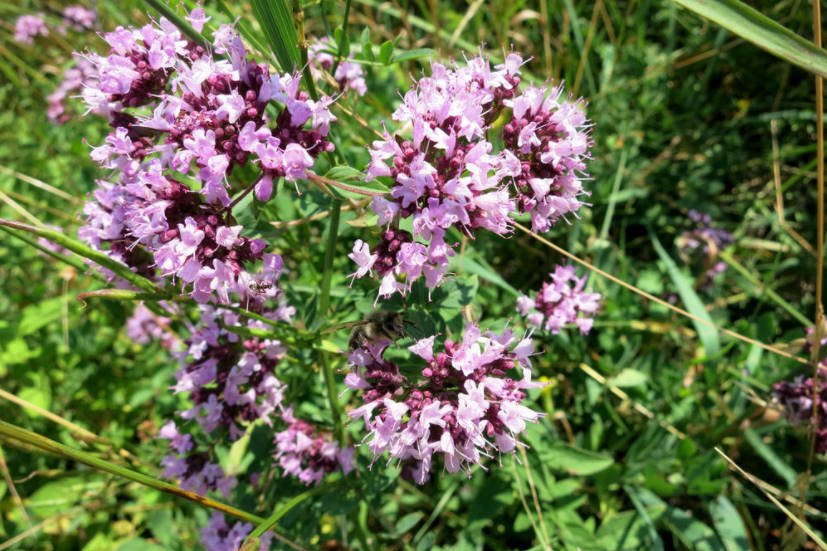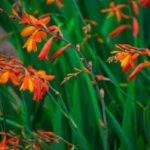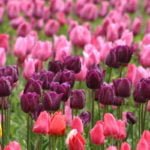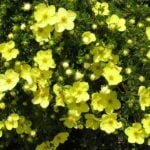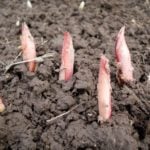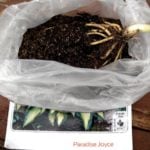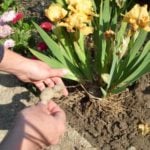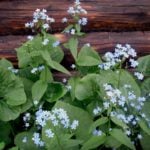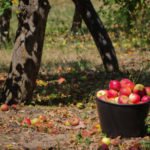In our gardens oregano is desirable and loved by many, it brings joy no less highly decorative shrubs and flowers. In the old days, when the forests were near, went there in the summer to collect oregano grandmother with her granddaughter. Now the owners of suburban areas are trying to grow this pretty inconspicuous plant on their land.
But to grow oregano at us push not only tender feelings. This is an extremely useful plant has a recognizable sweet smell when added to tea blends of herbs. Its relatives called oregano are widely used in Mediterranean, as well as Greek and Italian cuisine in the preparation of pizza and meat dishes.
Useful properties of oregano
Useful properties of oregano were noticed by people long before the writing appeared. Healers, herbalists well understood the value of this plant and used in the preparation of drugs.
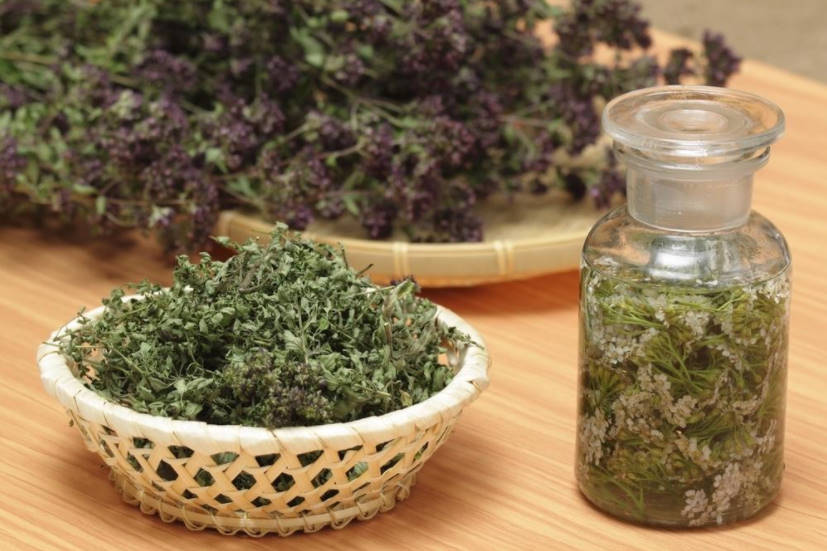
This plant is also widely used in folk and official medicine.

In addition, infusion of oregano is a good expectorant, anticonvulsant, diuretic, as well as antiseptic and lactogenic agent. The main contraindication for the use of this medicinal plant — pregnancy.
Growing oregano
The cultivation of oregano does not cause much difficulty. The plant is undemanding and neoprene. In nature it grows almost everywhere in Europe, Asia and North America.
Oregano (origanum vulgare) is a herbaceous perennial of the genus Origanum family Lamiaceae, good tolerance to frost and drought. The Latin name comes from the words oros (mountain) and ganimaj (rejoice), that is, “mountain joy”. Will successfully grow in any soil without stagnant water, but prefers a neutral loamy soil. A strong influence on the aroma and abundance of flowering has a place of growth: in the shade of oregano grows thinner, smaller, less fragrant than that grown in the sun.
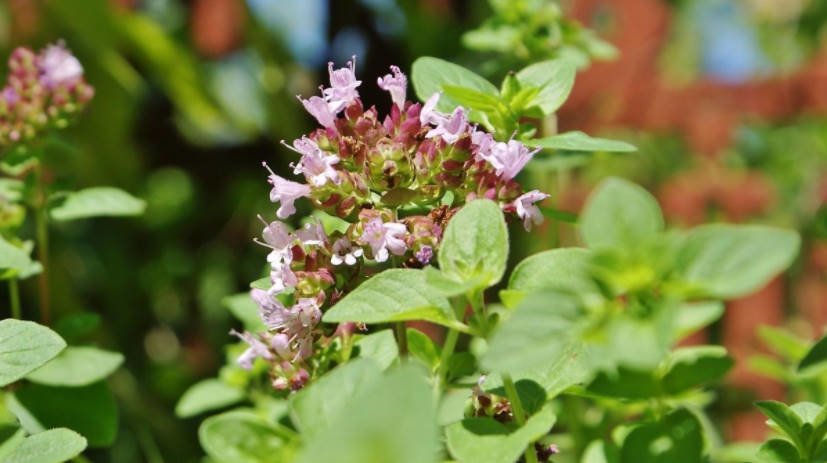
More or less regular maintenance required for the oregano in the first year after planting. While the plant is not acquired sufficient root system, you must regularly weed and water the oregano, but without excess, avoiding water stagnation. With excessive watering, the content of essential oils decreases, as a result, the aroma and decorativeness decreases. On the second or third year of sprawling bushes of oregano don’t provide an opportunity to break through the weeds, so weeding will be required episodic.
If the mother is supposed to grow for multiple (3-4 times in the summer) collection of raw materials, the care of the plant should be strengthened. After each cut is necessary fertilizing organic fertilizer (fresh chicken manure is bred with water in a ratio of 1:15, the mullein is bred in a ratio of 1:5).
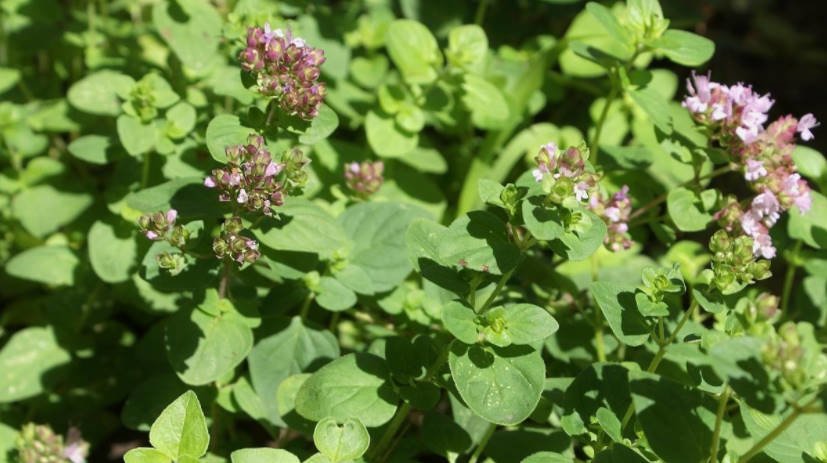
Despite the fact that in a permanent place oregano can grow for a long time, up to 20 years, it is necessary to transplant it to a new site every 5-6 years. The matter is that at long cultivation on the same place stalks extend, bare and look ugly. Pests, as a rule, do not touch oregano, as they repel the smell.
You can get this desirable plant in your corner of the garden in different ways.
The division of the Bush
You can bring a plant from a forest or other garden and plant on your site, dividing the rhizome with several buds. This should be done in spring or early autumn. I want to notice that at transfer of a plant from the wood it is important to prepare carefully the soil for landing and as much as possible to approach it to that on which a plant developed. The abrupt change of growth conditions can negate all the efforts I have experienced.
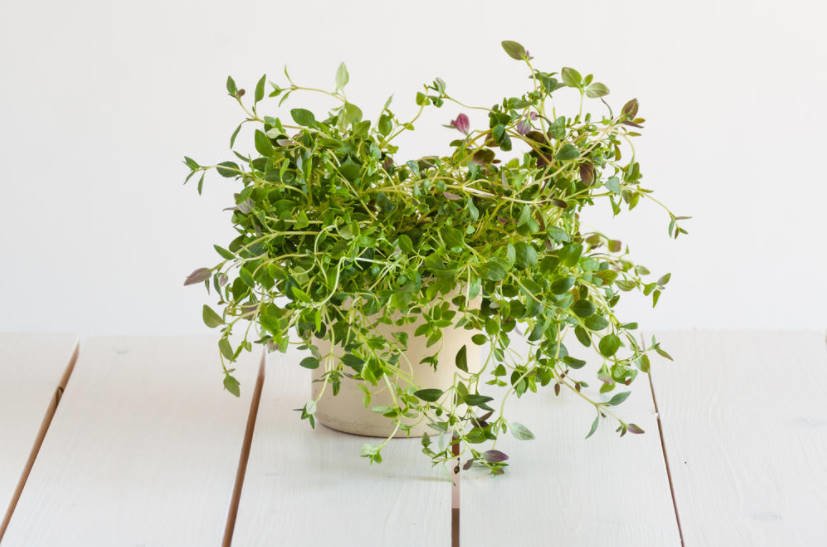
If you want throughout the winter to have next to a fragrant Bush marjoram, you can in the fall, transplant it into a pot. She will settle in quickly and on a bright windowsill will feel good about themselves and blossom, giving you a aroma and sweet beauty.
Growing from seeds
This method is very popular among gardeners, as it is effective. On sale now there is a wide variety of seeds of various producers. Artificially bred varieties favorably differ from natural aromatic, taste and decorative indicators. They vary in terms of timing of flowering, flower tone and size, so that anyone can choose the most suitable plant for your site.
Oregano is grown seedling method, if possible with a dive. Seeds are sown in March-April in the prepared moist soil, a little sprinkle and cover with a transparent lid or film until spilling, this usually occurs on the 10-14 day. Then the cover is removed and seedlings were grown. After the young plants are planted 2-3 pieces in individual cups.
Planted in the ground for a permanent place should be at the end of may. The first time the plants need attention — weeding, watering, but by the autumn the bushes grow well and have a great winter without shelter.
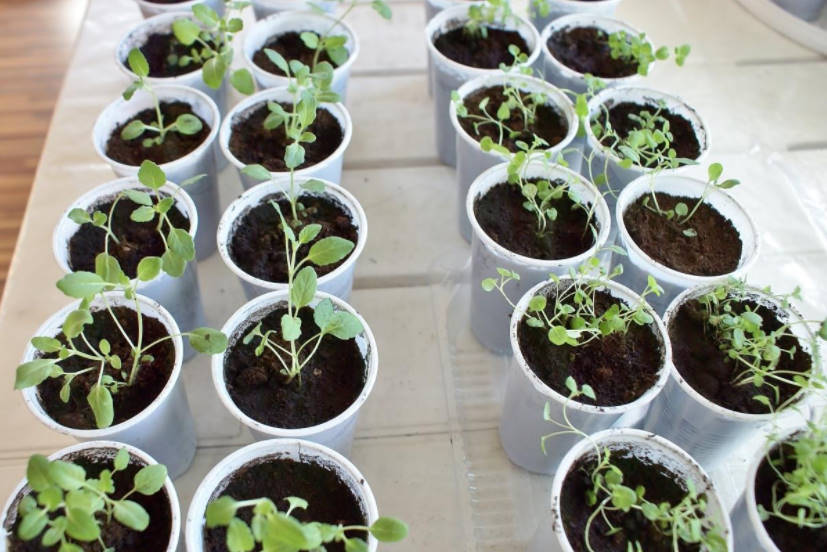
Seed manufacturers offer such varieties of oregano:
- Oregano from the Fragrant kitchen (the aroma with a minty hint, plant height of 30-40 cm), Honey flavor (strong flavor, and high productivity of green mass. Height 30 cm), Fragrant bunch (new variety, height 25-30 cm) and fairy (high yield of greenery).
- Oregano ordinary Pink fairy (plant height 55-65 cm).
- Oregano Northern lights (height up to 50 cm, early flowering) and St. John’s Wort (a compact plant with falling shoots, suitable for planting in pots and hanging pots. Has a flavor reminiscent of St. John’s wort).
Reproduction layering
To increase the area of growth of oregano, if necessary, cover the land, and if you want to get new plants of the same type, the stem in early summer is bent to the ground, fixed with a stud or a knot and a little sprinkle with earth. The tip must remain free. With regular watering by autumn in the place of prishpilivaniya formed roots, and after wintering a new plant can be transplanted to a permanent place.
Use for decorative purposes
Oregano finds its place in landscape design. In classic gardens, it is used to create borders and ridges, consisting of mixed borders with grasses and Prairie plants. Another option is the organization of the Apothecary beds, where the oregano is planted in the company of other medicinal herbs – monards, Dracocephalum, hyssop, various types of mint.
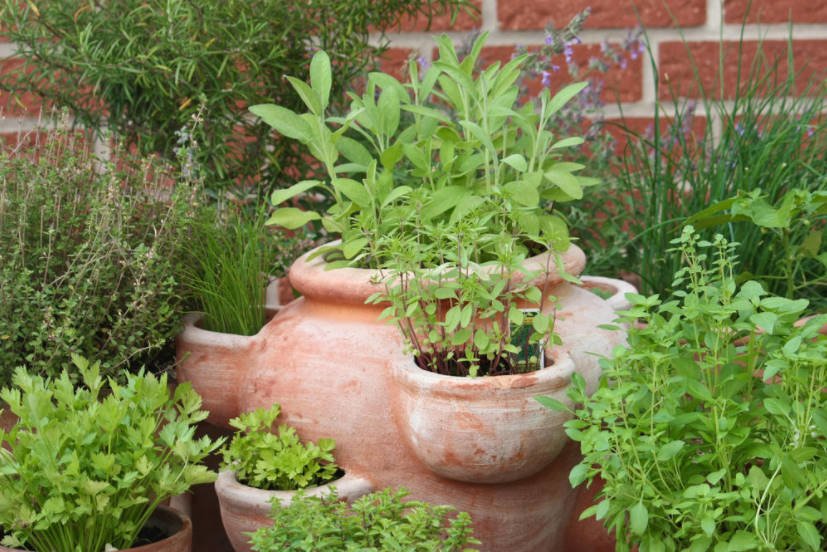
For lovers of rockeries and Alpine slides oregano can be a good neighbor of thyme, lavender, undersized bells. Even those who do not have a plot of land, may well grow this sweet and healthy plant in pots and pots on the balcony.
And on your site is this delicate and fragrant plant? How do you use it?
